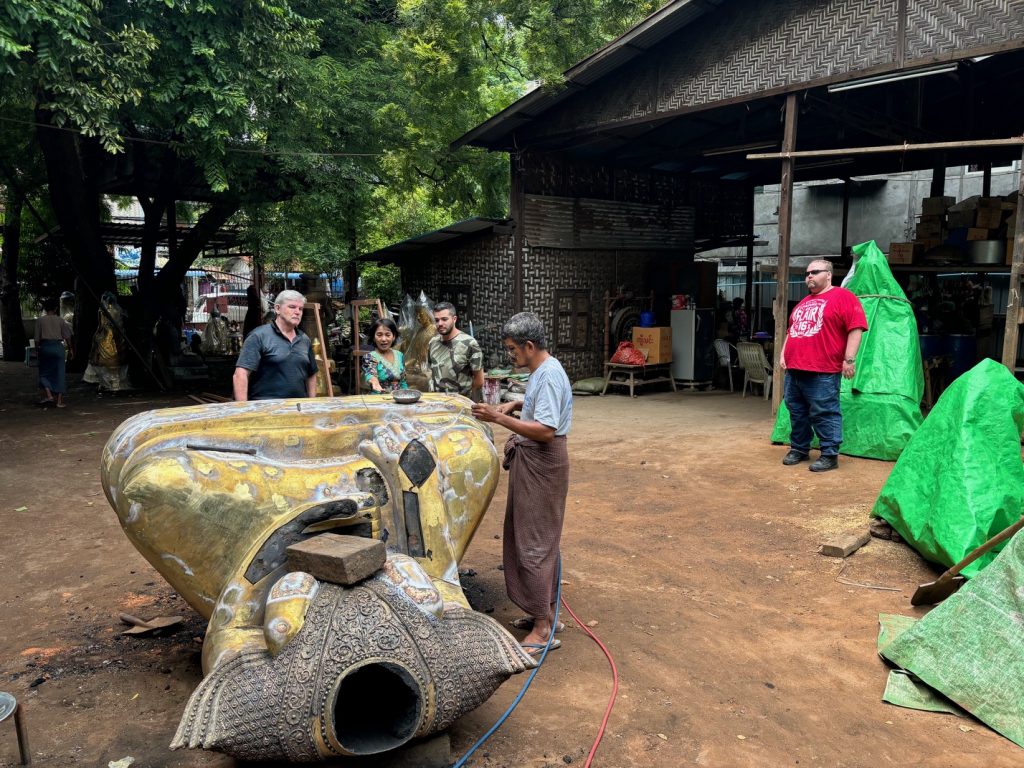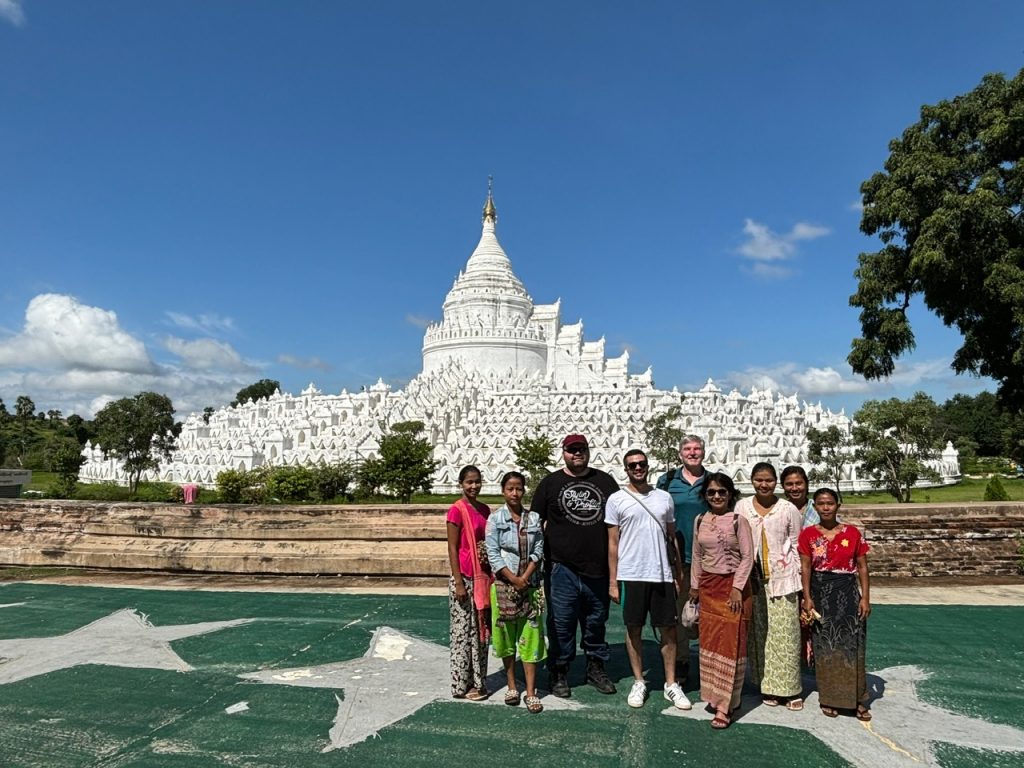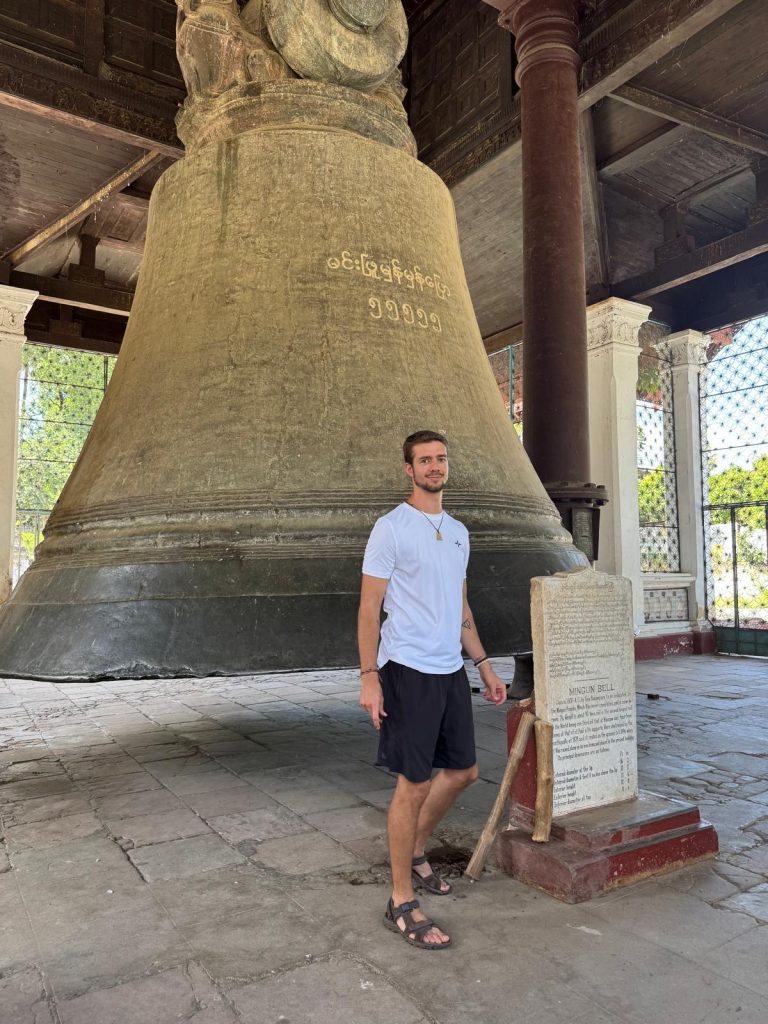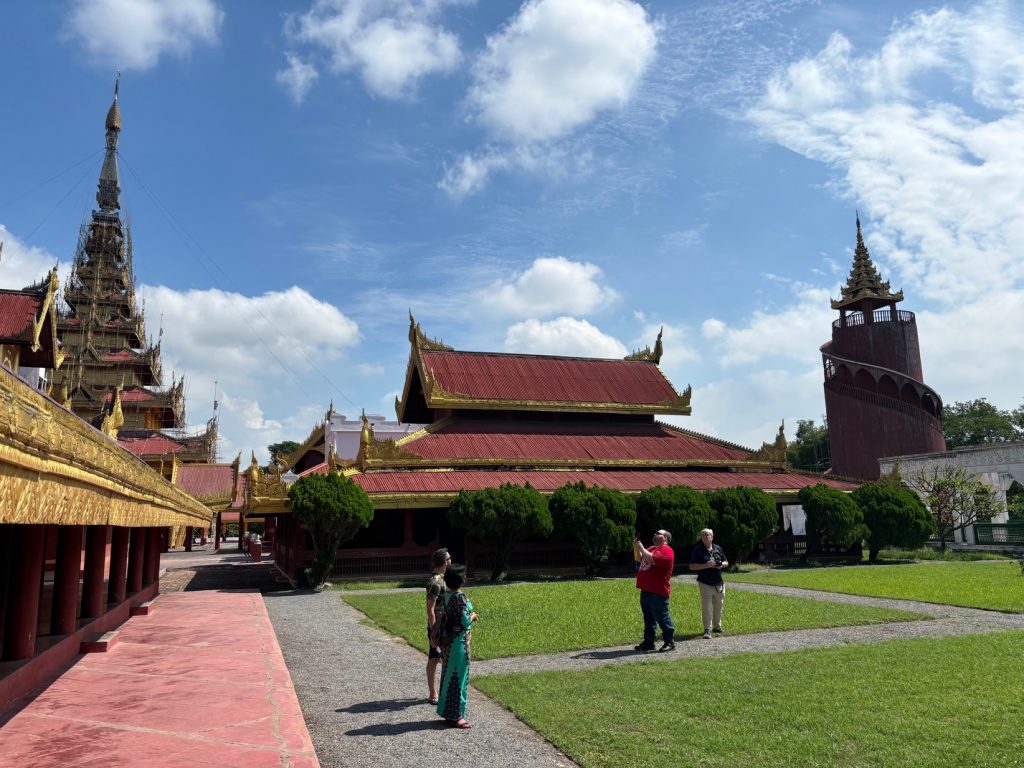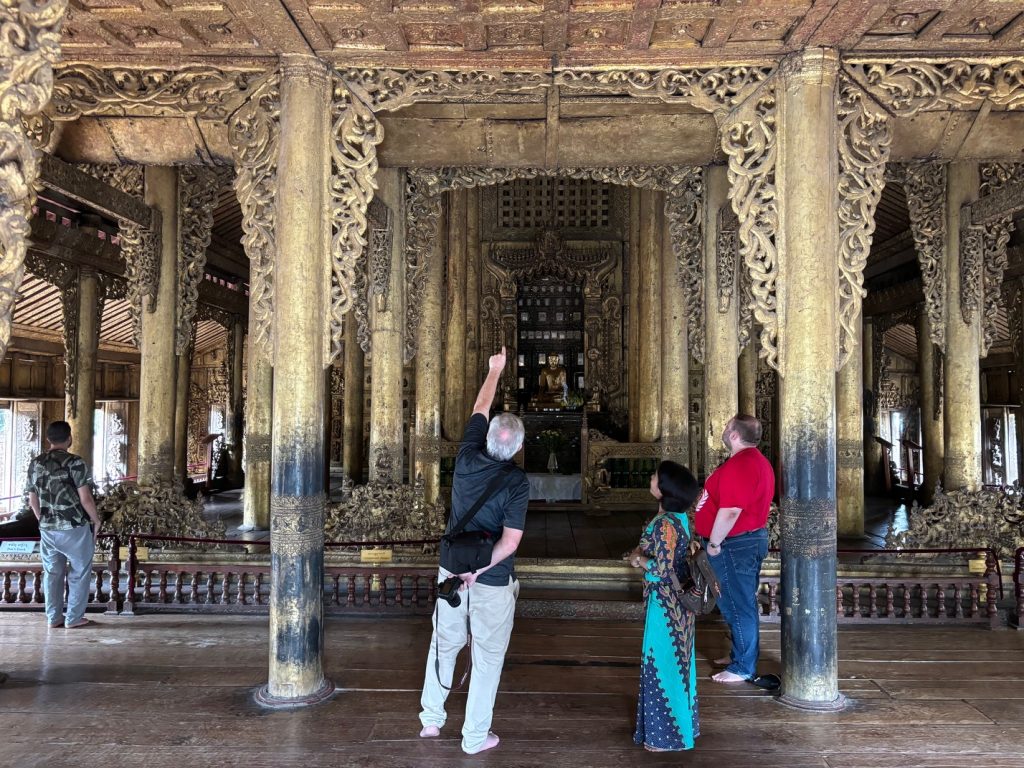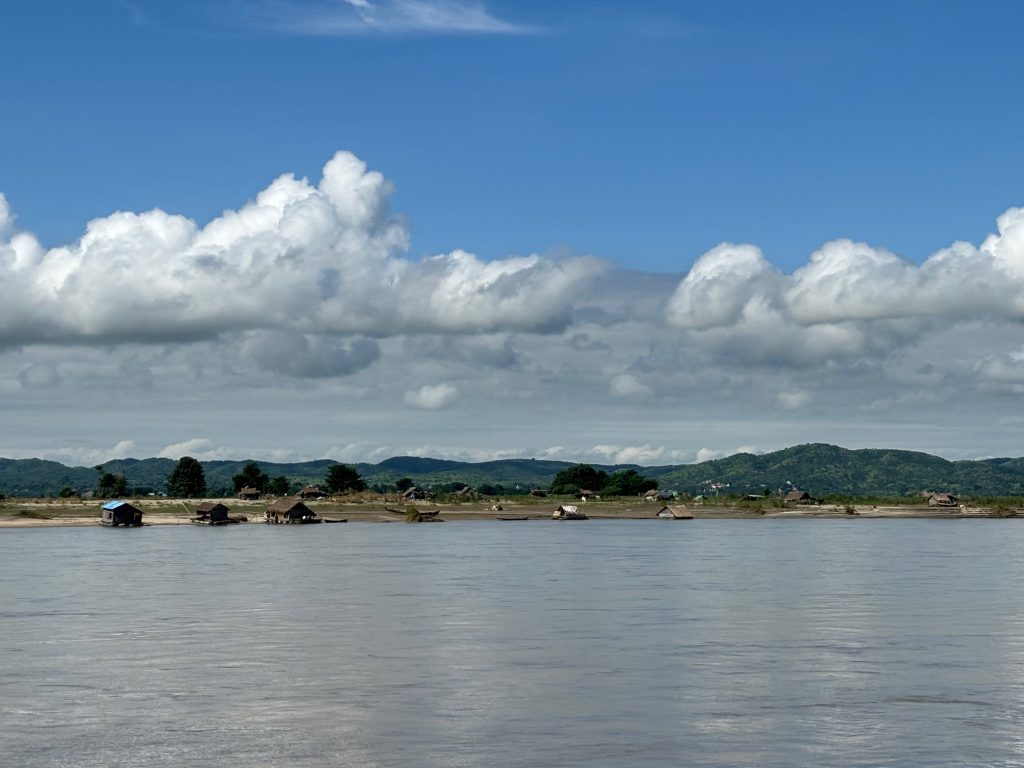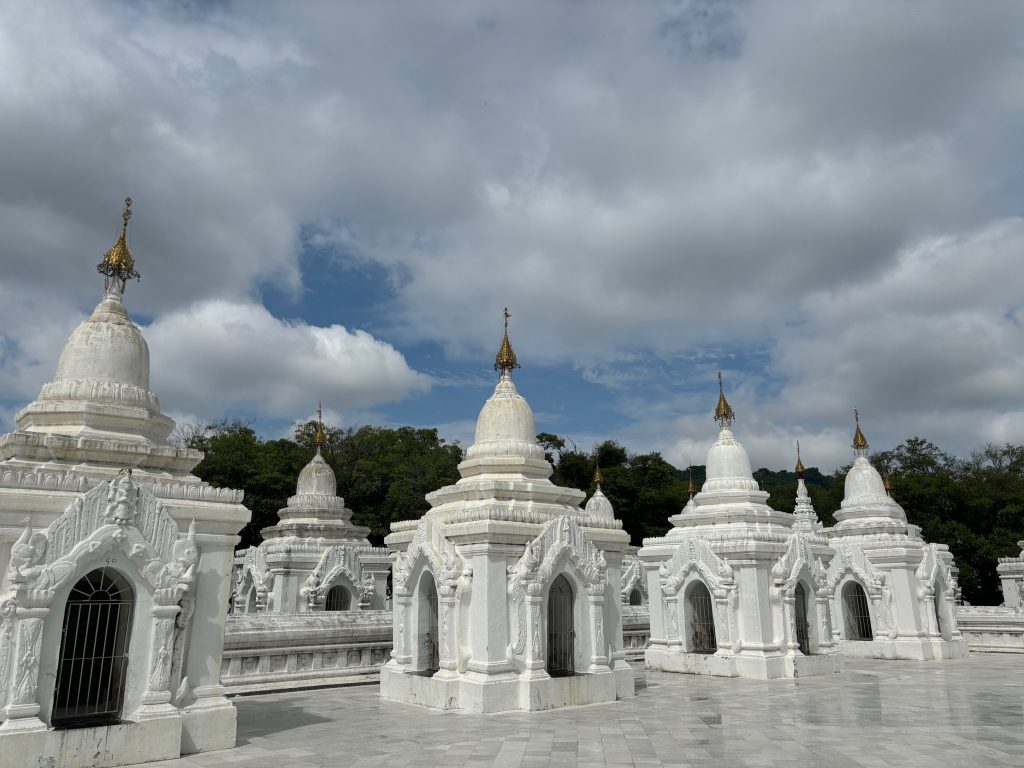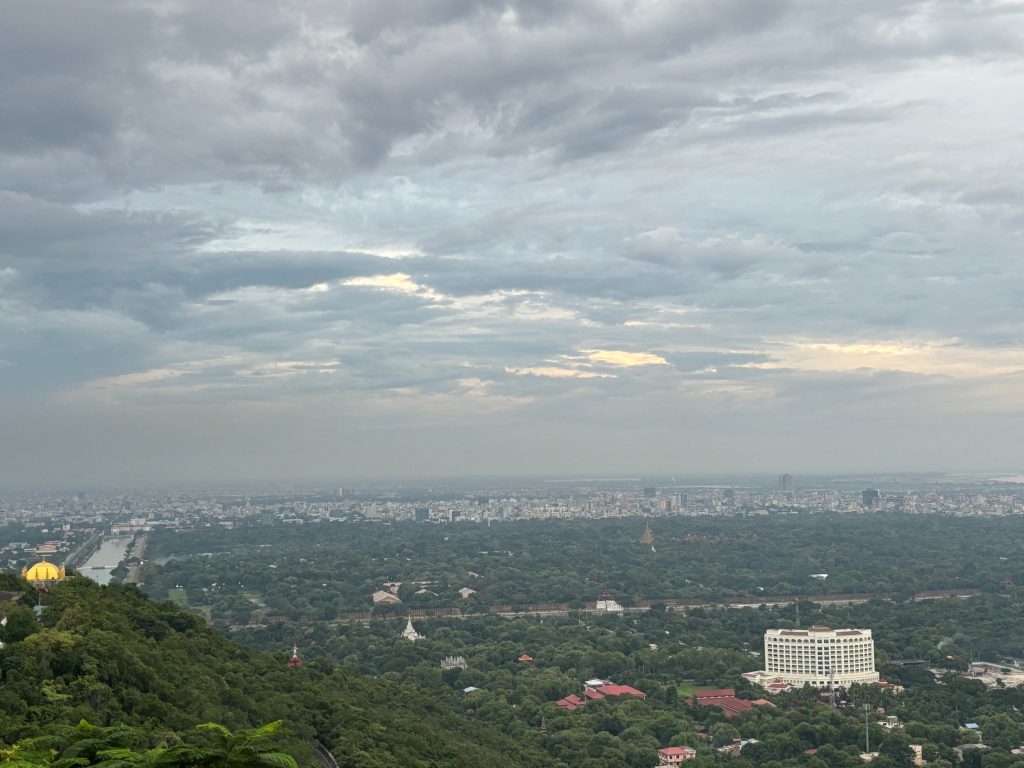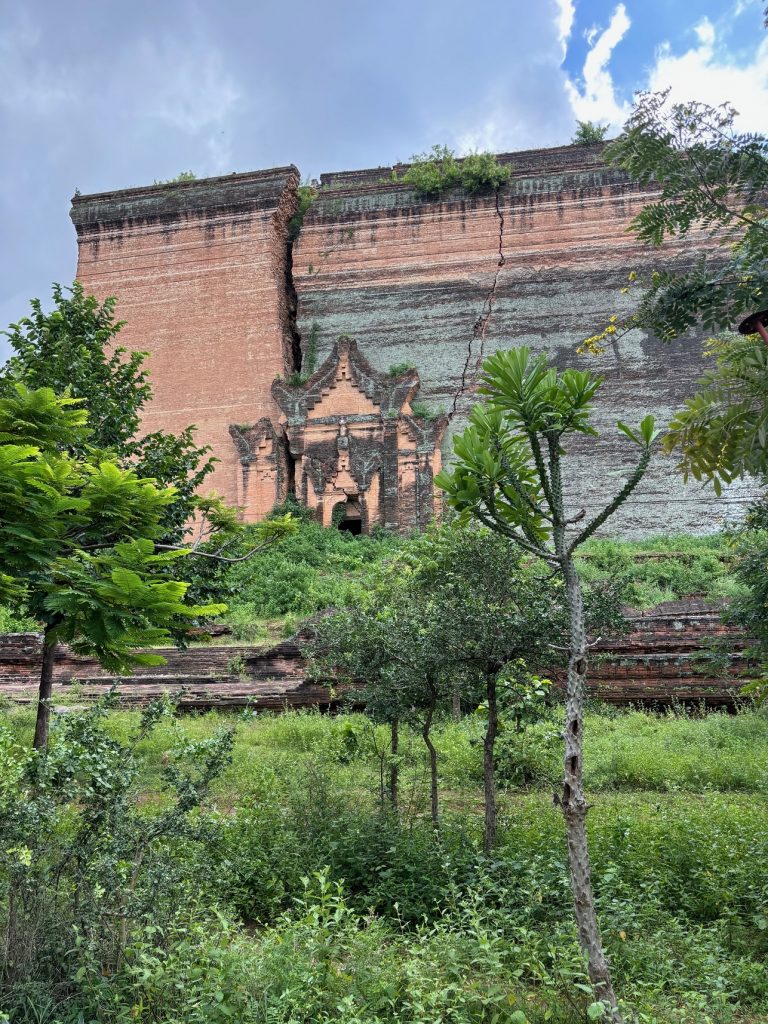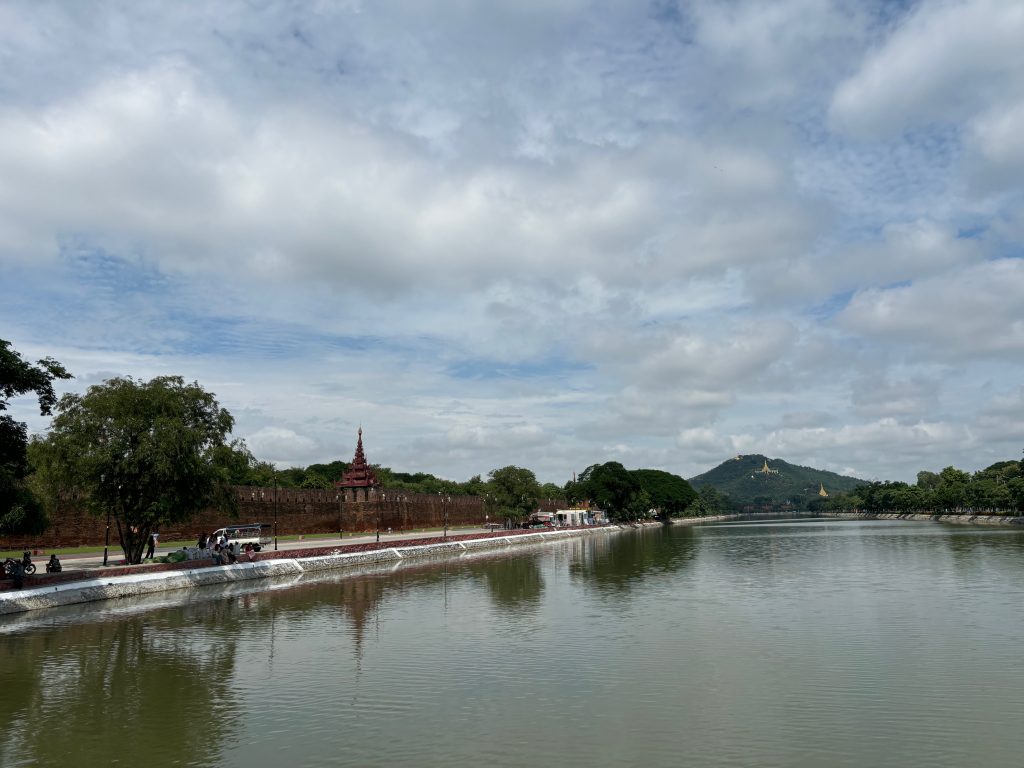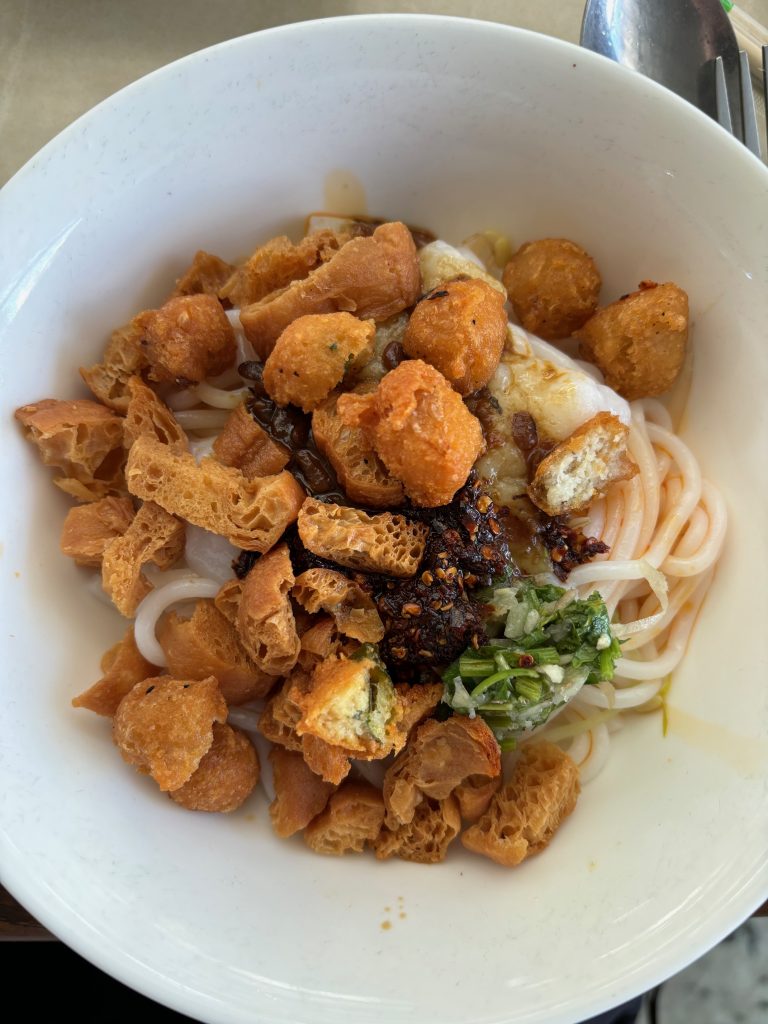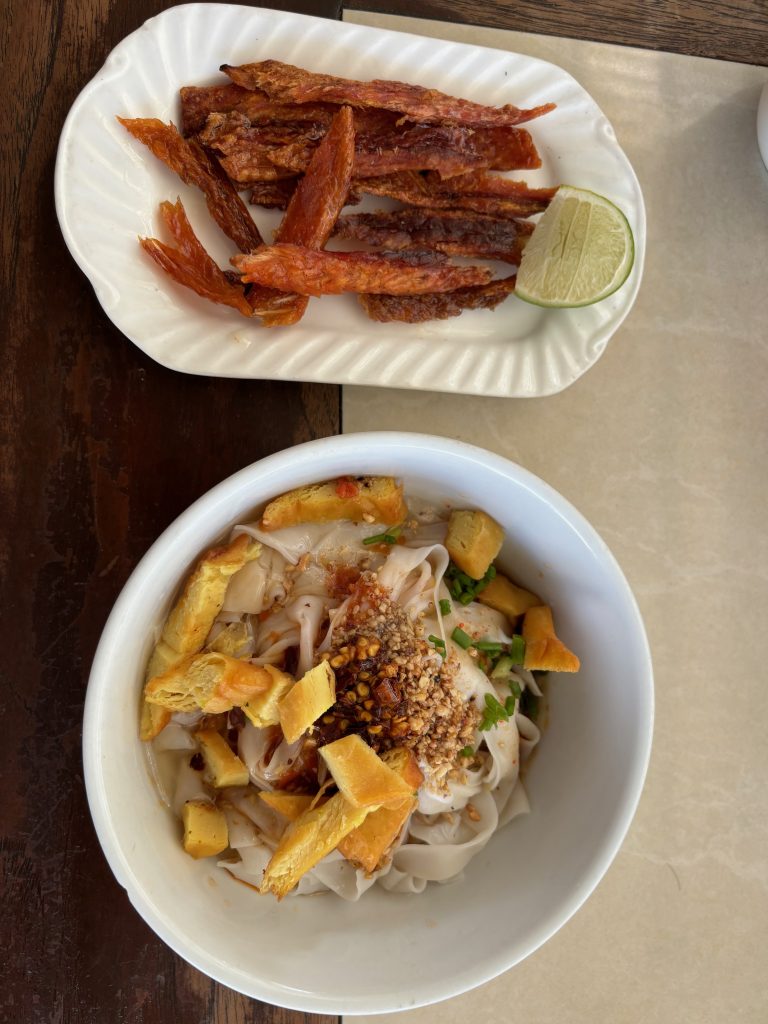No city in Myanmar evokes the romance of history and grandeur quite like Mandalay. Despite current challenges to tourism, Mandalay is still well worth a visit. Travelling here now offers an authentic experience of Burmese charm and culture, with fewer foreign visitors at iconic sites. It’s also an exceptional opportunity to connect with locals, gaining a deeper understanding of their views and everyday life in a uniquely personal way.
Mandalay: A Brief History
Mandalay, founded in 1857 by King Mindon Min, served as Burma’s royal capital until Britain annexed the kingdom in 1885. This ended the rule of its last king, Thibaw Min.
Known today as Myanmar’s second-largest city in terms of population, Mandalay holds deep cultural and historical significance and is often considered the soul of the country. It is celebrated for preserving Myanmar’s rich traditions, including ancient crafts, religious customs, and monastic life. Dotted with iconic landmarks like the Mandalay Palace and Mandalay Hill, the city continues to be a major cultural centre, blending its royal heritage with the vibrancy of modern Myanmar.
Read here how to visit the new capital and ghost town of Naypiydaw.
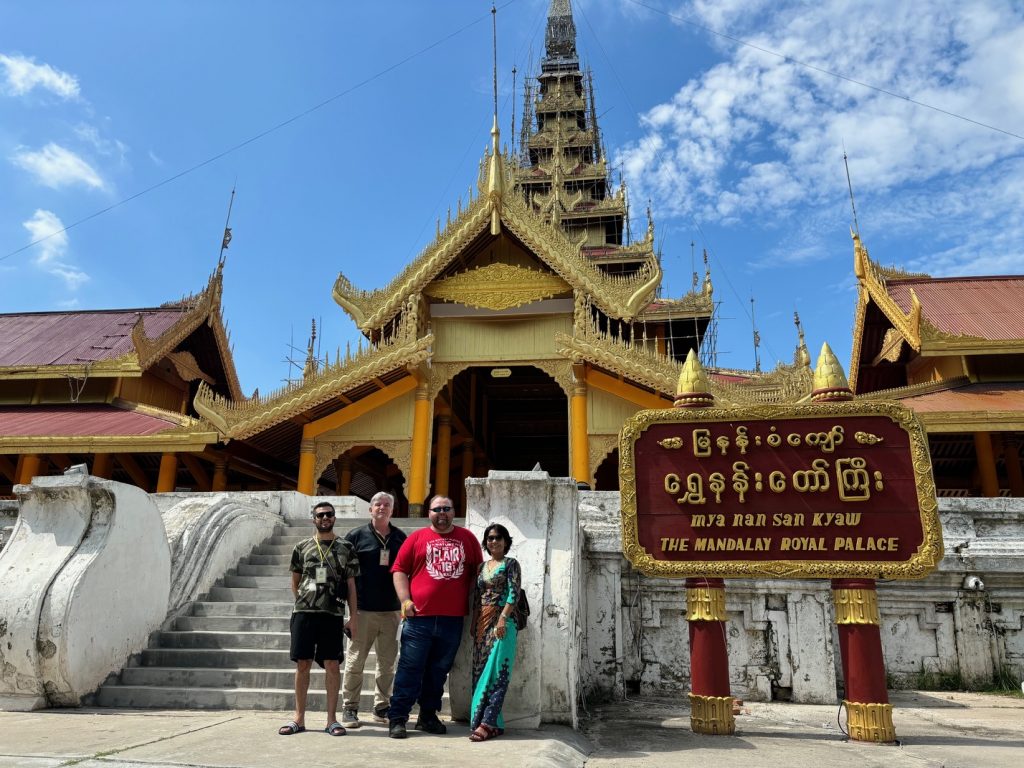
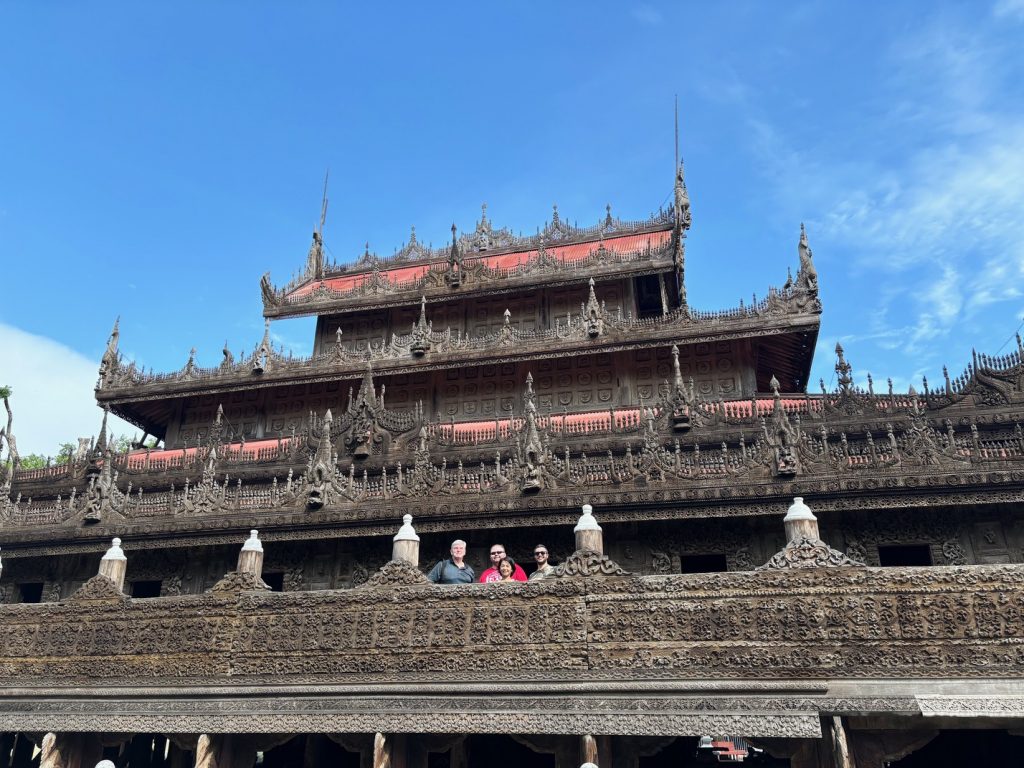
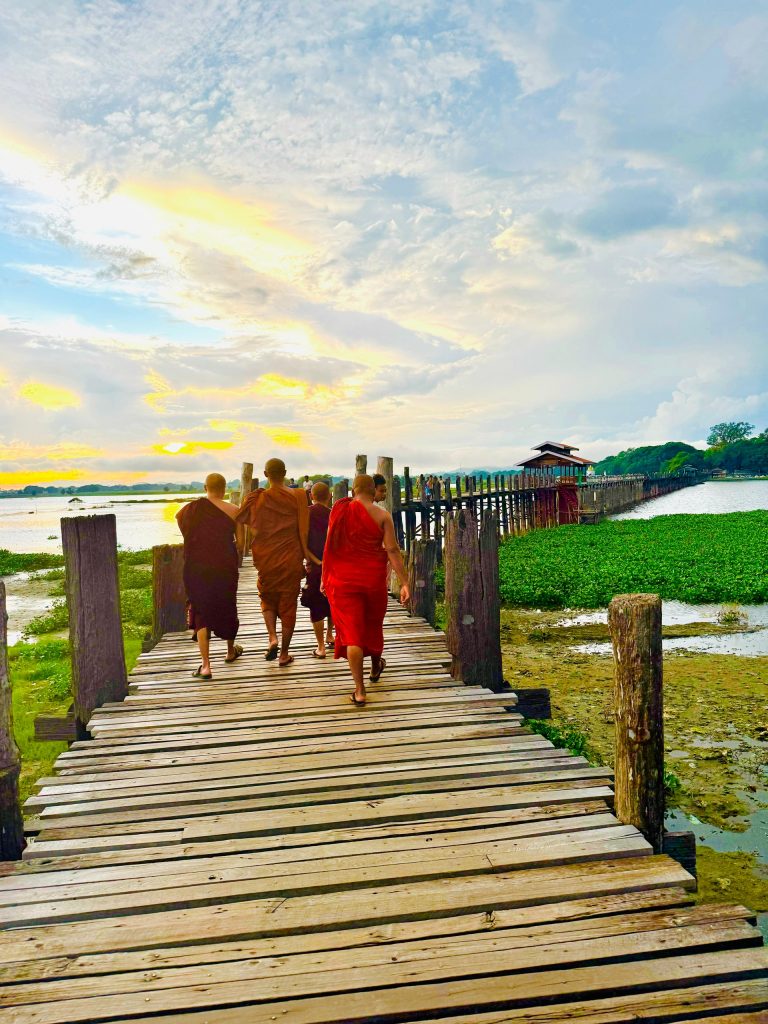
How to visit in 2024
Reaching Mandalay is an adventure in itself, with several travel options depending on your schedule, budget, and sense of adventure.
- By Train: The sleeper train from Yangon to Mandalay is a scenic yet longer route. The journey takes around 24 hours, giving you plenty of time to soak in the rural landscapes of Myanmar. While the train isn’t for everyone, as it’s known for being bumpy, it is an authentic way to travel.
- By Air: If you prefer to get there quickly, several domestic flights operate between Yangon and Mandalay. The flight takes just under an hour, making it the fastest way to reach the ancient city. You might even find a direct flight from China, avoiding long travel times from that region.
- By Road: For those with a bit more time, driving from Yangon is another option. Taking around 10 hours, buses and private cars can get you there. This gives the bonus of seeing more of Myanmar’s countryside while avoiding a very lengthy train journey.
What to do in Mandalay
Despite Myanmar’s current political situation, Mandalay remains a gateway to experiencing the traditions and history of Burma. Besides soaking in the unique atmosphere, there is much to see and do, including:
- Mandalay Hill – Climb Mandalay Hill for sweeping views of the city and the surrounding plains. This vantage point is especially captivating at sunset, offering magnificent panoramas of Mandalay and the Irrawaddy River.
- Mandalay Royal Palace – Encircled by a broad moat and covered by lush greenery, the Mandalay Royal Palace is a faithful restoration of the original 19th-century complex. This historic location, very much the heart of the city, is surrounded by administrative and military grounds, reflecting its past role in governance and defence.
- Golden Palace Monastery – The Shwenandaw (Golden Palace) Monastery, crafted entirely from teak, is the last surviving structure of the original Royal Palace. Its intricate wood carvings showcase traditional Burmese artistry, making it a must-see in addition to the new palace complex.
- Kuthodaw Pagoda – Known as “the world’s largest book,” the Kuthodaw Pagoda houses 729 marble slabs inscribed with Buddhist scriptures. This offers visitors a uniquely spiritual and historic experience.
- U Bein Bridge – At over 200 years old, the U Bein Bridge stretches across Taungthaman Lake. As the world’s longest teak bridge, this iconic landmark – built by Mayor U Bein – is a favourite for photographers and visitors alike.
- Shan Cuisine – Mandalay is renowned for its Shan-inspired cuisine, especially the variety of noodle dishes. The city’s tea houses are famous for showcasing this rich culinary heritage and are a central part of Mandalay’s vibrant food culture.
- Boat Trips to Mingun – A scenic boat ride along the Irrawaddy River to Mingun provides an opportunity to view the Mingun Bell, the largest intact bronze bell in the world. Other highlights include the massive unfinished Mingun Pagoda and the whitewashed Hsinbyume Pagoda. The latter was designed to resemble Mount Meru, although people say that it looks like a wedding cake! Friendly locals add a sense of warmth and insight to this unforgettable place. On this side of the riverbank, the large and bustling city of Mandalay seems far, far away, as if time has stopped in a different century.
Read here how to explore the ancient temple city of Bagan.
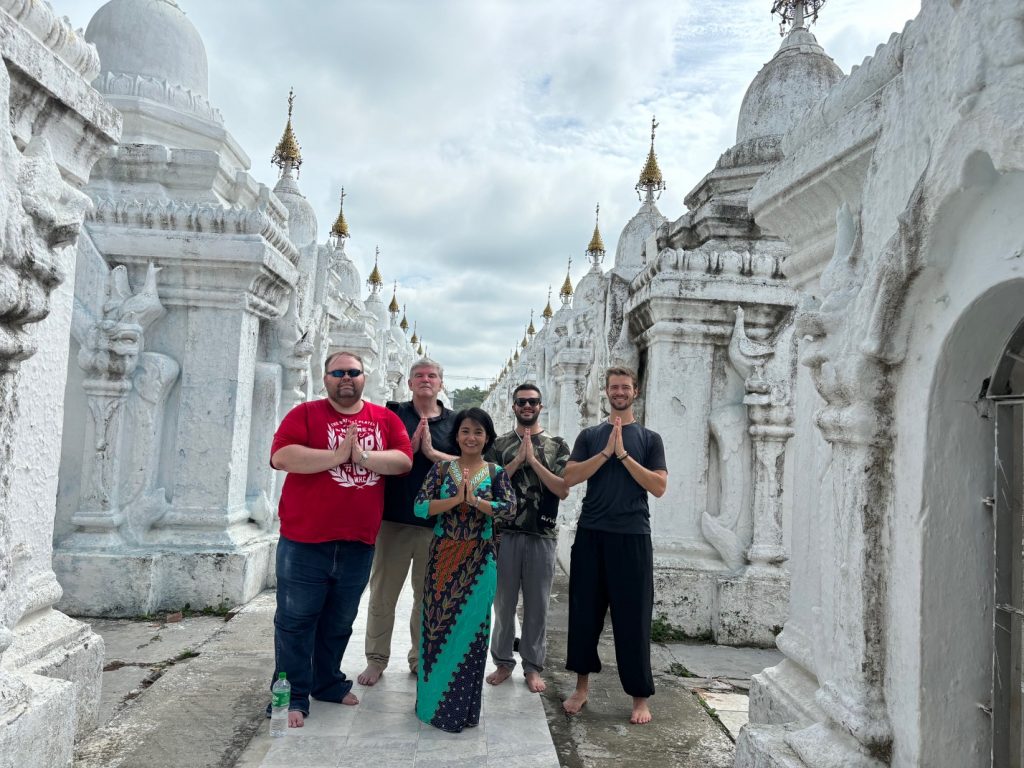
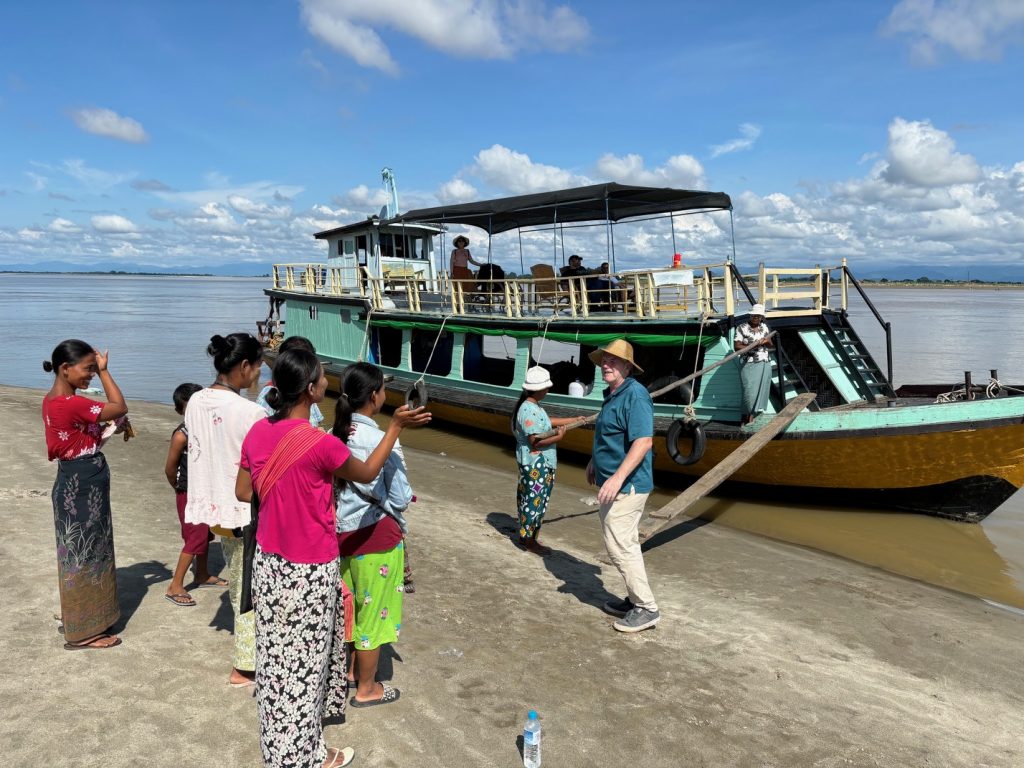
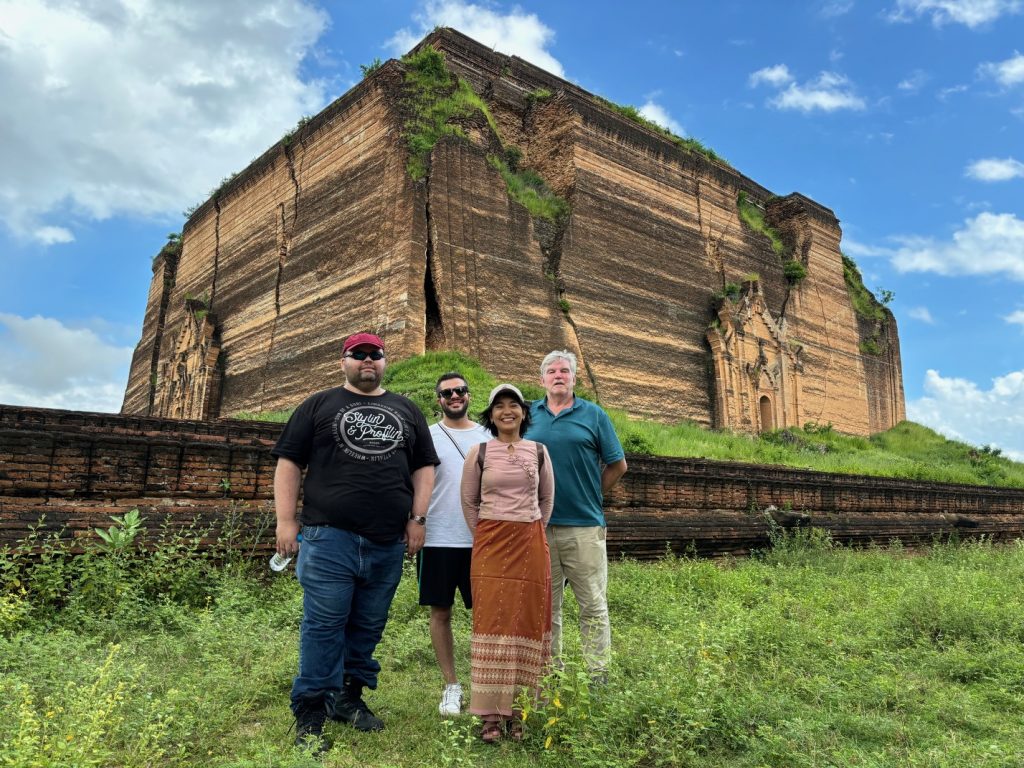
Why now is the best time to visit
With fewer tourists in Mandalay than in recent memory, now is arguably the best time to visit this historically important, charming city. While you may find yourself surrounded only by locals, this allows for a more intimate connection with the city. As you wander through the pagodas, museums, and explore the bars and restaurants, you’ll develop a deeper appreciation of Mandalay’s past and present role.
For those interested in a more immersive experience, Young Pioneer Tours (YPT) can help facilitate your journey to Mandalay. They’ll ensure you get the most out of your trip by arranging local guides, setting up transport, and introducing you to locals who can share their stories about how the city has evolved over the centuries. With some planning, and a little bit of luck, you might even get to experience the Royal Palace grounds in a rather exclusive manner.
To check out our Myanmar Tours, check out our landing page here, or feel free to drop us an email and read about the background of the current situation!
